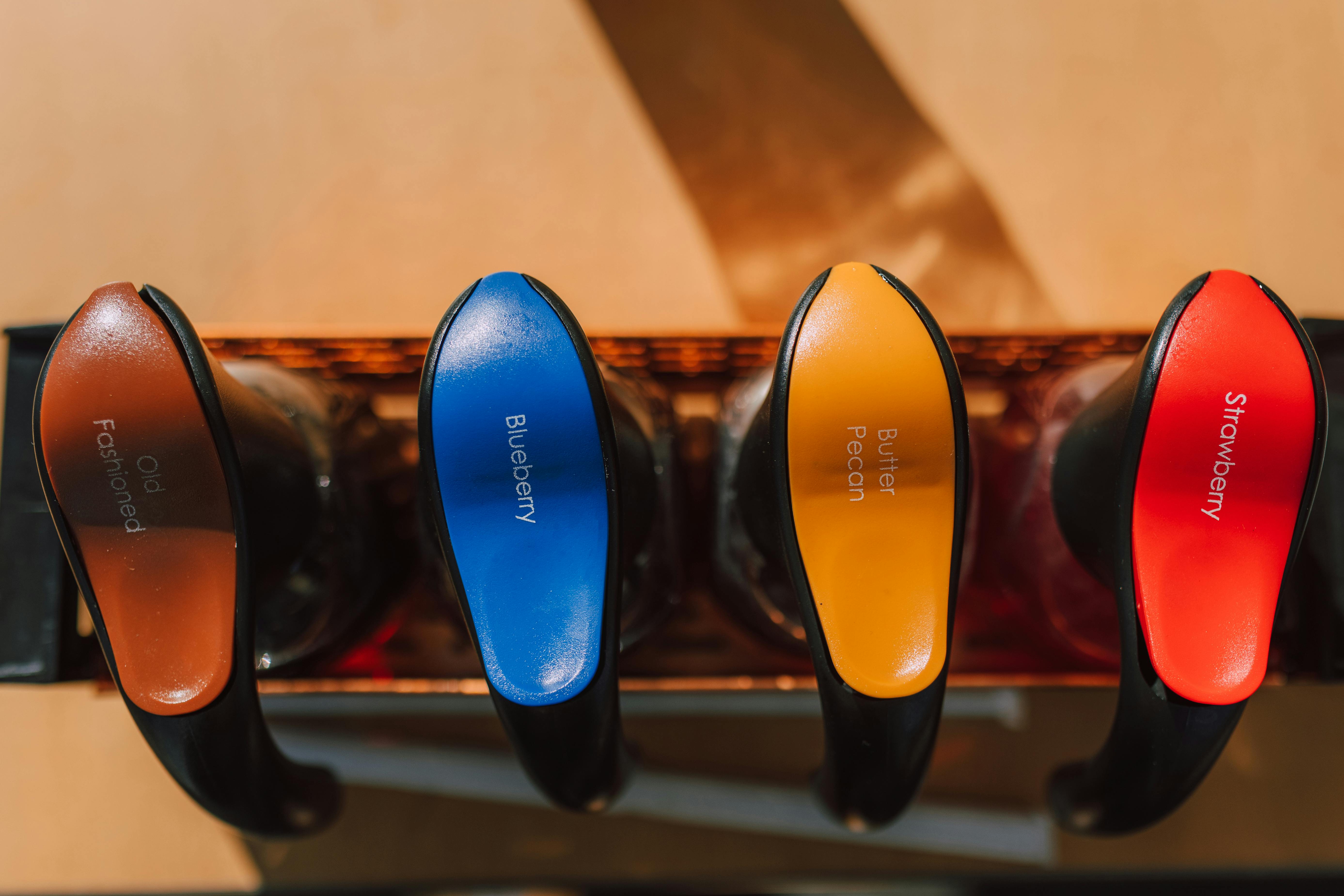Deburring industry: the steps of the polishing process
The polishing process
Step 1 – Pre-Polish
So you want to polish… In this example I will concentrate on aluminum, but the polishing process can be applied to any non-ferrous material.
Media and compounds
The material must be properly prepared to obtain a high gloss. This step is probably the most important and the most overlooked.
In most cases, it is recommended to avoid deburring or running parts on ceramic media, as they are difficult to polish. Ceramic media may last longer and cut faster when new and clean, but they discolor parts and leave a surface finish that does not polish to the desired shine. In the case of aluminum foundries, it is often necessary to cut the ceramic material first. When this is done, polishing becomes a three stage process.
To get to the pre-polish finish, you need to run your part in a synthetic medium, be it bar rod, machined, or cast. The resin base of the synthetic support leaves a better finish. Formula SV gives the desired results. The time needed to execute your piece will be determined by the finish. The desired result is a smooth, even matte finish throughout the piece.
The compound or soap you use is equally important. VF77 is ideal when applied correctly. The mixture should be 1.5 ounces of soap per gallon of water and should be applied where possible on a drip system. It is important to note that the compound used in this stage should never be recirculated, and when used in a keg, it should be changed with each batch. When the compound is running with the parts and media on the vibrating machine, you should be able to see little white bubbles that are clear and clear.
After parts have run for the desired amount of time, they can be rinsed in a mixture of VF77 and water, 6 oz. per gallon, then air dried or placed in a corn cob dryer. Whatever process you use to dry the pieces, don’t let them stain.
Hint: If you use the King Filter which generally recirculates, I have found an excellent method of employing the King Filter when recirculation is not recommended. Start with a Dosatron mixer mounted on the compound. (Note: By purchasing the 55 gallon drum you save one dollar per gallon.) Start with the empty filter king cone bottom tank. The Dosatron has been set at 1.5 ounces per gallon of water flowing into the vibrating machine. It drains into the filter king’s small bucket which pumps it into the cone tank until full. Then we add the flocculant and mix after it settles, drain the tank into the filter bag. The clear water at the bottom of the tank can be pumped out to drain, and the sludge into the trash. This method ensures that the parts are cleaner and the surface is ready for polishing.
Step 2 – Polish
Media and compounds
Polishing can be done with treated corn cobs or porcelain media. The new treated corn cob has been producing a very shiny finish. Porcelain media have a base similar to ceramic media, but without any type of abrasive. Precision Media are available in polishing formulation with sizes as small as 1.5mm.
Tip: When ordering porcelain media, look for shapes and sizes with the formula -P which stands for porcelain or polish.
VF900 Compound works very well with this high gloss polishing medium. It should be used in the same manner as the VF77 compound, described in step 1. For the highest polish, change the compound when switching to polishing media.
Tip: To improve your chances of success with dry polishing, add a heat lamp, heater, or cover when using a vibratory machine.
polishing machines
Choose the machine
The biggest consideration when trying to achieve a high gloss finish is the heat produced by friction. The usual options are:
- Centrifugal barrel or disc – this is the number one option. The combination of a vibratory machine for step one and a centrifugal barrel for step two has been very successful.
- Vibratory machine – Second option. While vibration is sufficient for step one, it sometimes needs fine tuning in step two.
- Tumbling barrel – Third option. By design, it is the slowest and least efficient, but it may be the best option on delicate parts and can be used equally well with dry or wet processes.
- Advice: If the medium is run in a wet process, cleanliness is an important factor. Make sure the compound going into the machine is clean and that the flow rate is fast enough to generate the bubbles we want, but not to exceed the liquid that collects at the bottom of the machine. The drain must also be clean so the machine will drain as fast as the compound is fed.
